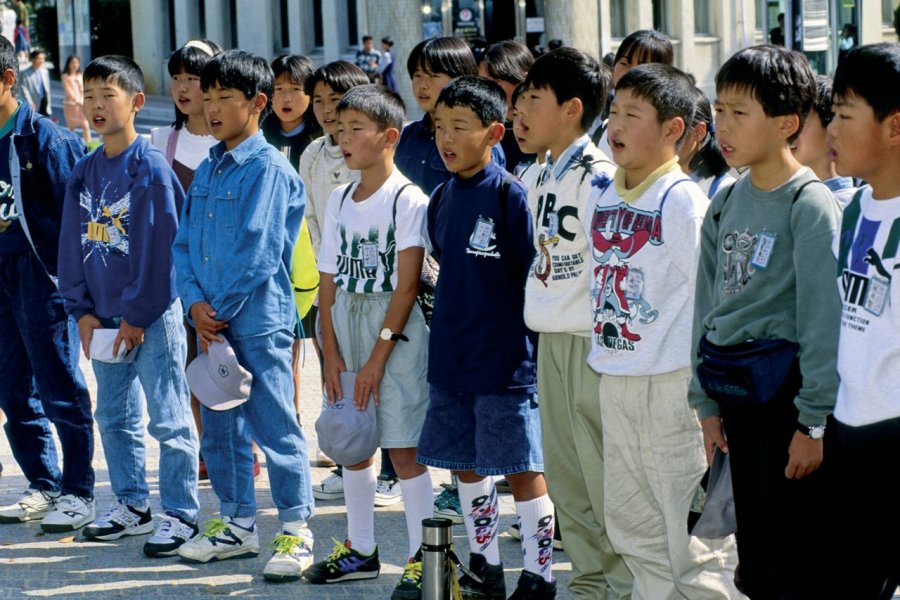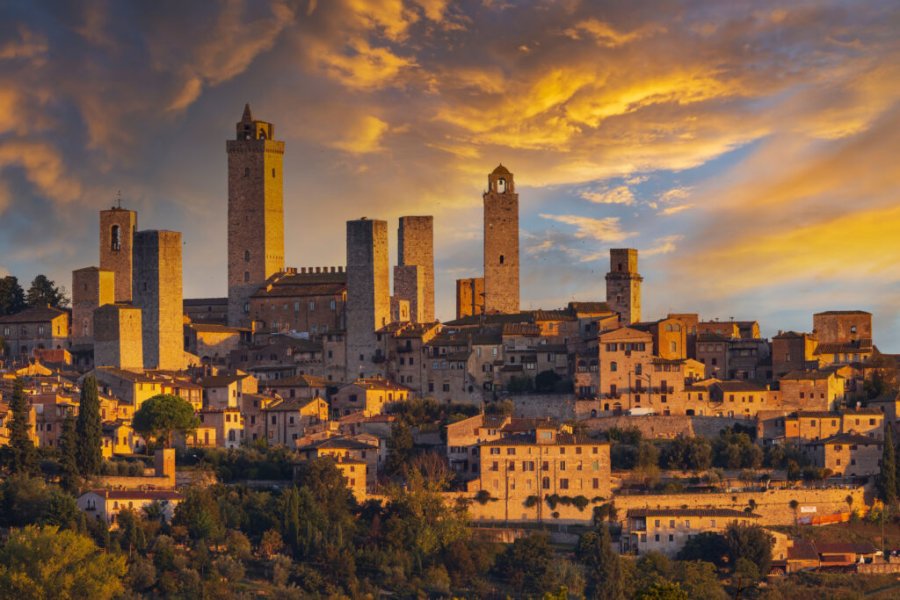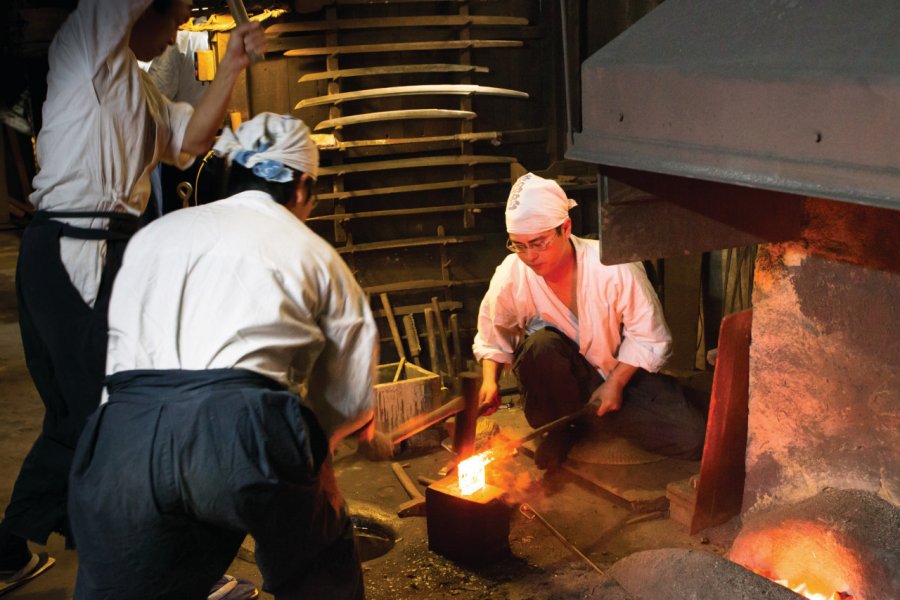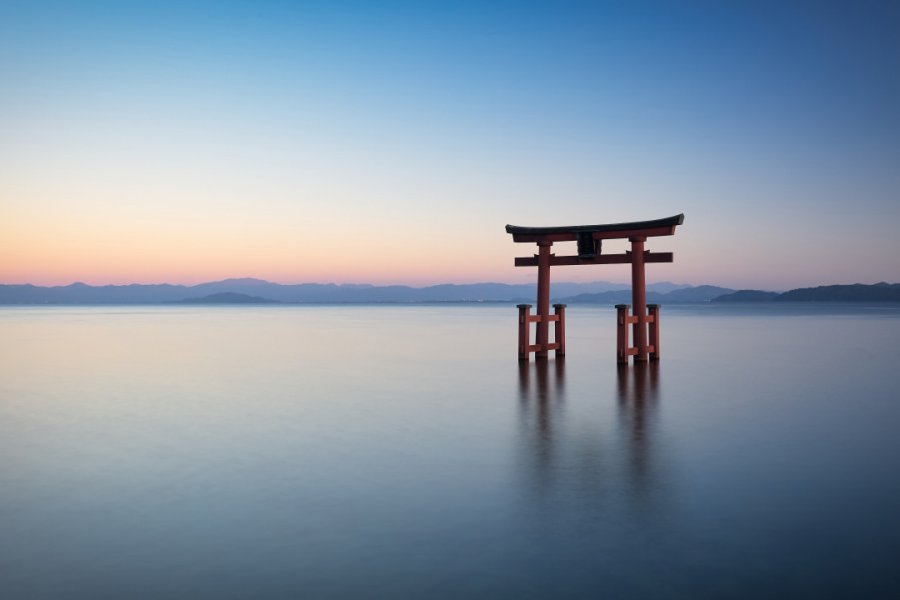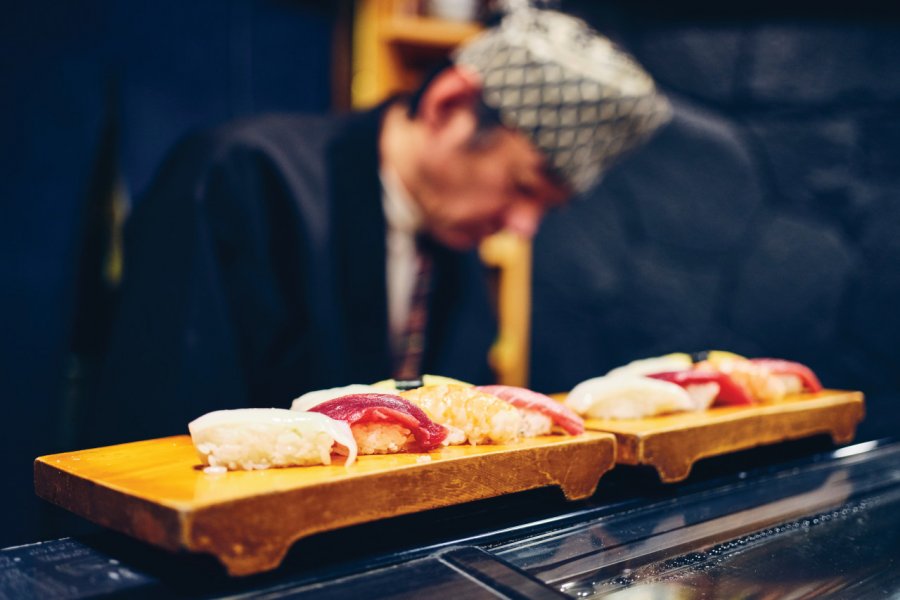Travel guide Japan
The country of the rising sun is both a thousand-year-old culture, of which the numerous temples of Kyoto still testify, and an incredible modernity, which is immediately noticeable in every city of Japan, mainly in Tokyo but also in the majority of Japanese cities such as Osaka or Yokohama, to name but a few. The volcanic archipelago, 3,000 km long, displays varied and mountainous landscapes of which Mount Fuji is the highest point. The Japan travel guide will take you to meet this safe country, with its legendary cleanliness and above all its very welcoming population. Another advantage of Japan: the fall of the Yen! Long considered as an expensive country, Japan has become affordable in the last few years. It is therefore high time to plan this trip to Japan to understand this country so different from ours and so fascinating in many ways!
What to see, what to do Japan?
-
Book an activity
-
Customized travel
- The most beautiful cities Japan
When to go Japan ?
Spring and autumn are the high tourist seasons in Japan, so it is during this period that hotel rates are the highest and since accommodation is the most important budgetary expense in Japan, it can be interesting to go out of season to save money. In order to avoid the most crowded periods and to pay less, the best period to travel in Japan is at the end of November-beginning of December, at the end of February-beginning of March, or at the end of May and June, that is to say during the low tourist season in Japan. Note that if you go to Japan in spring, you will be able to attend the Hanami, the festival that celebrates cherry blossoms in the whole country and more generally the arrival of spring.
Suggested addresses Japan
Travel Japan
-
Find a hotel
-
Car Rental
-
International e-SIM package
-
Find a local agency
Que l’on pose ses valises quelques jours dans la capitale ou que l’on parte trois semaines en sac à dos à l’aventure grâce aux nombreux pass trains, l’Archipel se savoure de multiples façons. Il est possible de profiter d’un aperçu urbain et électrique de Tokyo, de visiter un Japon traditionnel et authentique, de partir à la rencontre de la faune et de la flore, de se « perdre » au cœur d’une nature luxuriante ou de s’offrir des moments de détente. Les idées de séjours peuvent facilement être thématisées au Japon, le pays proposant de belles découvertes historiques, spirituelles, culinaires, culturelles et naturelles. L’idéal, bien entendu, est de pouvoir alterner entre toutes les merveilles que le pays offre aux voyageurs sur un plateau ! Laissez-vous conter un Japon qui vous ressemble ou laissez-vous surprendre par un Archipel aux mille visages. On vous propose ici de quoi vous inspirer dans la préparation de votre voyage.
Find unique Stay Offers with our Partners
How to go Japan
How to go alone
Traveling alone is not a problem, Japan being one of the safest countries in the world and the Japanese being always ready to help tourists. The only problem is the language because Japanese people almost never speak English... Think of bringing a lexicon or using Google translation!
How to go on a tour
To Japan, the offer is very large. For a first time, we propose you tours to discover the triptych Tokyo, Kyoto, Nara in one week. For a longer time, Osaka and Hiroshima can be added to the program. Contrary to popular belief, the smallest budgets will be able to find a one-month formula in Tokyo at a reasonable price (with accommodation in a university residence).
How to get around
Air travel is a convenient way to get around Japan with many domestic flights. The Japanese railway network is one of the best in the world and it serves the whole country. The Japan Rail Pass allows you to save money if you take the train a lot but you can only buy it abroad. Long distance buses also serve Japan and they are a little cheaper than the train. Finally, many ferries serve the different islands of Japan.
Featured articles Japan
Discover Japan
When we think of Japan, a multitude of images linked to our collective imagination come to mind: Buddhism, manga, samurai, sushi, prints or Zen... Today, Japanese culture is an integral part of Westerners' daily lives, in many different ways. But a visit to the archipelago also means discovering a fascinating history, encountering the many faces of Japanese society beyond all preconceived ideas and clichés, and letting yourself be carried away by a whirlwind of traditions. Japan, fascinating and intriguing, never ceases to question and enthrall us. The history of this archipelago, which was relatively closed to foreign influences for almost 300 years, has led to the emergence of a unique culture, whether artistic, culinary or social. Here are a few keys to a better understanding of this country, so near, so far.
Pictures and images Japan
The 12 keywords Japan
1. #Izakaya

England has its pubs, France its bistros... and Japan its izakaya. These establishments are real institutions. One eats small dishes to share, one drinks a little, a lot, and one spends one's time chatting happily at the counter or at the table. The atmosphere is always friendly and picturesque. An unmissable culinary stop.
2. #Kawaii

The Japanese cultivate the art of kawaii, the cute, the harmless. In Hello Kitty's native country, it is a form of artistic expression as well as a lucrative industry. People, animals or objects take on round and childish features, and everything is tinted with fluo or pastel colors. Even the police has a kawaii mascot.
3. #Konbini
24/7 convenience stores can be found on every street corner in major cities. They are a great place to grab a quick bite to eat, get cash, go to the bathroom or even buy last minute souvenirs. In the evening, they shine like beacons in the night around which revelers gather.
4. #Manga

An essential part of Japanese culture, manga are comics that were first published in magazines and cover all subjects and are aimed at all audiences. They are at the heart of an important industry, which is also supported by the sale of derivative products. The scope of the phenomenon goes far beyond the borders of Japan.
5. #Matsuri
Festivals are the rhythm of the Japanese year. Traditionally linked to the agricultural seasons, they are nowadays organized by temples or shrines. There is a great variety of festivals and those where an o-mikoshi is carried are very common. The richly decorated palanquin houses the local deity for the duration of his tour of the area.
6. #Omotenashi
Developed with the tea ceremony, Japanese-style hospitality elevates guest service to an art form. Everything revolves around the customer, who is served with care. From the shop assistant who wraps your groceries in tissue paper to the hotelier who prepares the futons for the night,omotenashi is pervasive throughout society.
7. #Ryokan
These traditional inns represent an important part of the country's culture. Although they can be found all over Japan, these establishments are inseparable from the spa towns. You sleep on futons, walk on tatami, eat a kaiseki meal, walk around in yukata and relax in the onsen.
8. #Sakura
Who has never seen cherry blossoms on a brochure praising the beauty of Japan? The sakura trees are inseparable from the archipelago and its magnificent spring. The trees are elegantly adorned in pink and white and we slip under their branches to celebrate hanami. If you travel to the country in spring, you will see life in pink.
9. #Shinto
The "way of the gods" is a set of ancient beliefs according to which the elements of nature are inhabited by kami, deities not always benevolent, in the image of nature. Shinto long existed in symbiosis with Buddhism, but in the 19th century the religions separated and Shinto became the state religion.
10. #Toilets
Access to clean toilets is easy in Japan. There are some in konbini, train stations, shopping malls. Most of them are equipped with a real dashboard with water jet, music or seat heating options. In shopping malls, they are almost like beauty salons where women make up or change clothes.
11. #Tokaido

The Tokaido Road is the main road connecting Tokyo and Kyoto. In the Edo period, it was used by daimyos and their entourages who travelled to Tokyo on foot. If you take the Shinkansen to Kyoto, you will take the same route as the Edo travelers... or you will follow their steps by walking near Hakone or in Shizuoka.
12. #Wabi-sabi
Essential concept of Japanese aesthetics, wabi-sabi is composed of 2 terms: wabi or the fullness of simplicity, and sabi, the feeling of the marks of time passing, of wear and tear. It is the art of perceiving the beauty of imperfect things, exemplified in the technique of kintsugi : gluing with gold the pieces of a broken object.
You are from here, if...
You line up on the platforms of subways, trains and in front of restaurants.
You put on a colorful yukata to watch the fireworks in summer.
You bow slightly to say thank you, hello or goodbye.
You've dared to try nattō, umeboshi, shirako or any other culinary joy.
Your shoes are easily taken off and put back on to make life easier in temples, shrines and other historical places.
You overuse the sumimasen, "excuse me". It can mean please, sorry or thank you.
You enjoy your wagyū with a dash of salt and a dab of wasabi.
You carry a goshuinchō with you at all times to receive the seal of a temple or shrine, an indelible record of your visit.
You have all the necessary equipment to experience a perfect hanami, from tarps to coolers to bento.
You are not shocked to taste fish and tofu for breakfast, instead of your chocolate pastries.

